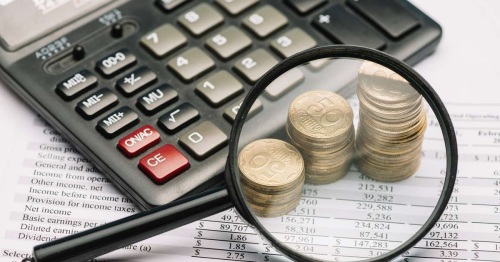How To Value A Company can be calculated in many ways. The most common way to value a company is by using its earnings multiple. This is typically done when the company has been publicly traded for some time, but there are also other methods that can be used for young companies or even those that have not yet begun trading on the stock market. In this post, we’ll walk through some of these methods and how they work.
What are the ways to value a company?
There are a few ways to value a company. The most common method is the discounted cash flow (DCF) model. In this method, you estimate the cash flows that will come from your business over time and then discount them back to present value using an appropriate weighted average cost of capital (WACC).
As we mentioned above, intrinsic value is also known as “economic” or “shareholder” value because it’s based on how much money shareholders would get if they sold their shares in an orderly market at current prices. So if you were trying to estimate intrinsic value for Amazon today, for example, you’d have some idea about its future earnings power and other factors affecting it–and then run those numbers through an appropriate DCF model based on today’s share price
Dividends and Earnings Multiples
Dividends and earnings multiples are the most common methods of valuation. They’re used to how to value a business that pay dividends and have a long operating history, as well as those that do not pay dividends.
Dividend yield is calculated by dividing a company’s annual dividend per share by its market price per share (the latter being determined by trading on an exchange). The resulting number represents how much money you could expect to receive in income each year if you owned shares of this company’s stock.
The dividend yield would therefore be 0.02 or 2%. This means that if you were able to purchase 100 shares at $100 each ($10,000), then after receiving two annual payments totaling $200 over one year ($20), your investment would return 10% annually before taxes–a desirable return compared with other investments like bonds which typically offer higher yields but involve greater risk due to their lower liquidity compared with stocks (that is why many investors prefer stocks over bonds).

Relative Valuation Methods
Relative valuation methods compare a company to other companies in the same industry, who are assumed to be similar in terms of growth potential and risk. The idea is that if you can determine what others are worth, then you can make an educated guess at how much your company is worth too.
- Comparables: You can use publically traded companies’ market capitalizations as a basis for comparison by looking at their enterprise values (the total value of assets minus liabilities) or EBITDA multiples (earnings before interest, taxes, depreciation and amortization). For example: If Company A has an EV/EBITDA ratio of 10x while Company B has an EV/EBITDA ratio of 15x then we would say that Company B is more expensive than Company A because investors have paid more per dollar of earnings generated by both companies.
- Discounted Cash Flow Analysis: This approach involves calculating future cash flows into perpetuity by discounting them back using a weighted average cost of capital (WACC) which measures the opportunity cost associated with financing projects like building factories or buying equipment through equity investments instead of debt financing
Conclusion
In conclusion, there are many ways to How To Value A Company. The most common method is through earnings multiples or dividends. However, you can also use relative valuation methods if the company has no earnings or dividends. You should always consider How To Value A Business and long-term growth prospects when making an investment decision – these factors will affect how much money you can make from buying shares in it!

Leave a comment